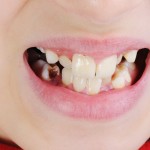
Depression in teenagers is a significant problem, with serious and potentially fatal consequences. Estimates of how many teenagers have depression at any one time vary between countries, but overall about 4-5% of mid to late teens worldwide are thought to experience clinical depression every year (Thapar et al, 2012). Much of the current knowledge of [read the full story…]













